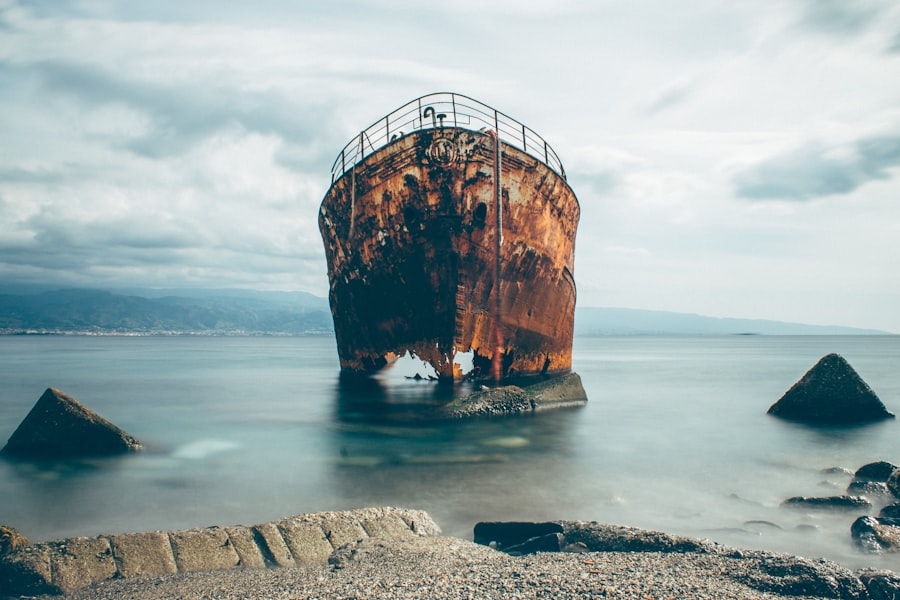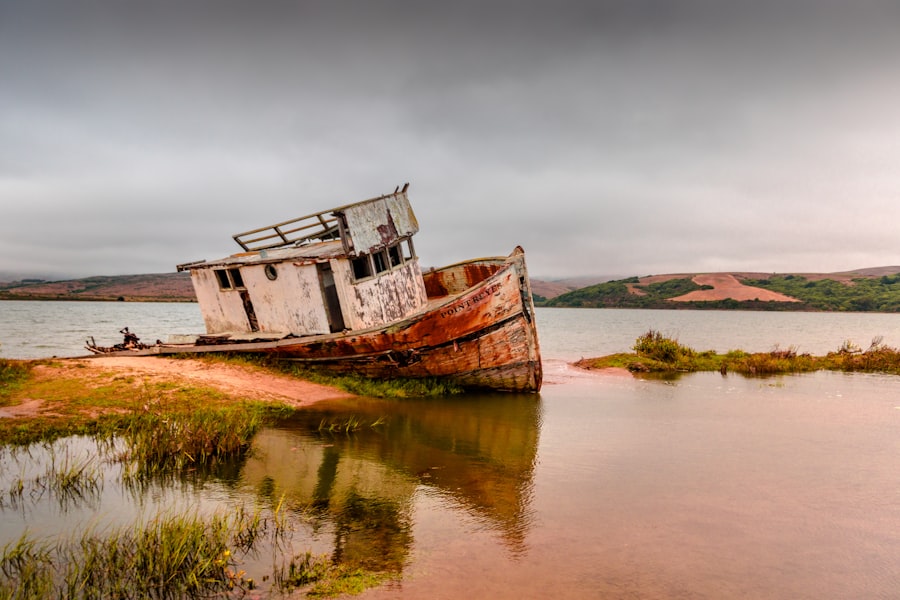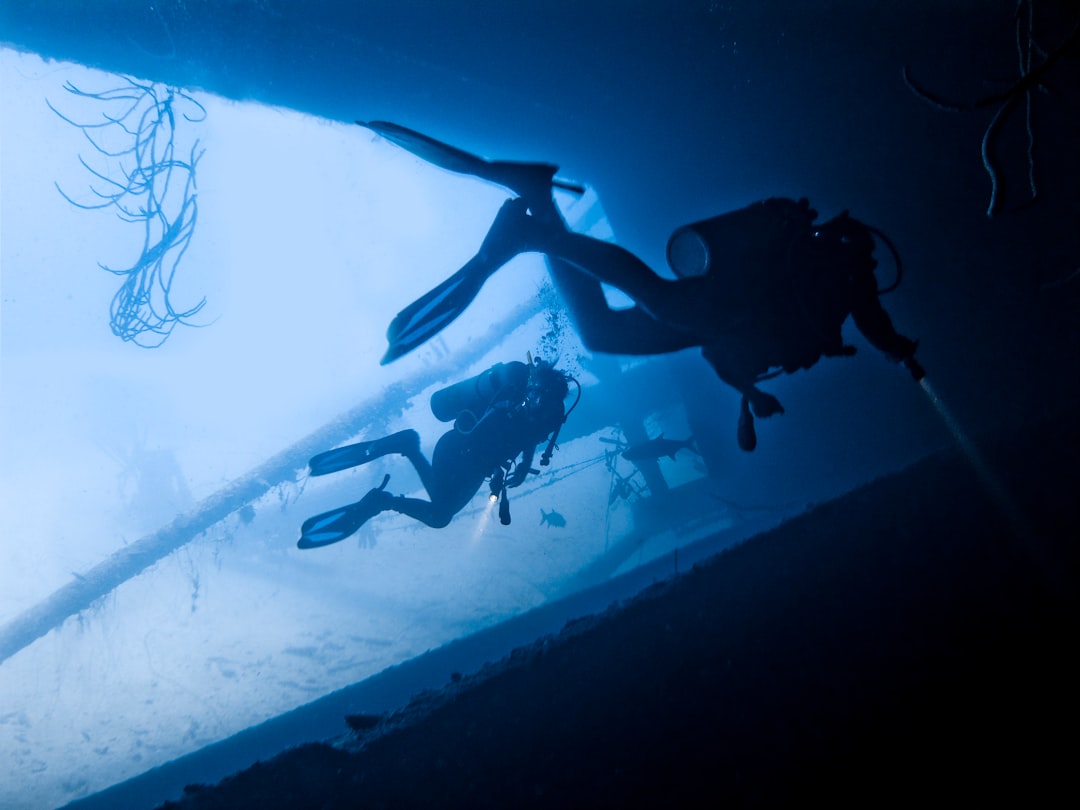The Drake Passage, a body of water that separates South America from Antarctica, is renowned for its tumultuous seas and unpredictable weather. Stretching approximately 600 miles, it is often regarded as one of the most treacherous maritime routes in the world. Named after the English explorer Sir Francis Drake, who navigated these waters in the late 16th century, the passage has become infamous for its fierce storms and towering waves.
Navigating the Drake Passage is not merely a test of skill; it is a trial of endurance and courage. The waters are notorious for their strong currents and high winds, which can whip up waves that reach heights of over 30 feet.
For those who venture into this perilous stretch of ocean, the risks are palpable. Despite its dangers, the Drake Passage remains a vital route for research expeditions and commercial shipping, drawing adventurers and scientists alike who seek to explore the wonders of Antarctica. However, the history of this passage is marred by tales of tragedy, including the ill-fated journey of a ship that would soon become a part of its storied legacy.
Key Takeaways
- The Drake Passage is a notoriously treacherous stretch of water between South America’s Cape Horn and the South Shetland Islands of Antarctica.
- The ill-fated journey of the ship through the Drake Passage resulted in a harrowing shipwreck that tested the bravery and resilience of the crew and passengers.
- The treacherous conditions of the Drake Passage, including strong winds, high waves, and icy waters, posed significant challenges for the ship and its occupants.
- The heroic efforts of the crew and passengers, including acts of selflessness and bravery, were crucial in the struggle for survival during the shipwreck.
- The harrowing moments leading up to the shipwreck were marked by chaos, fear, and uncertainty as the crew and passengers fought to stay alive in the face of disaster.
The ill-fated journey of the ship
The ship in question, a sturdy vessel designed for exploration, set sail with high hopes and a crew eager to uncover the mysteries of the Antarctic region. With a diverse group of passengers on board, including scientists, adventurers, and tourists, the atmosphere was one of excitement and anticipation. As they departed from port, the crew conducted final checks, ensuring that all equipment was in place and that safety protocols were firmly established.
Little did they know that their journey would soon take a harrowing turn. As they entered the Drake Passage, the initial calmness of the sea quickly gave way to ominous signs. The sky darkened, and the winds began to howl, signaling the onset of a storm.
Despite their training and experience, the crew found themselves grappling with the sudden ferocity of nature. Waves crashed against the hull with relentless force, and the ship began to pitch and roll violently. Panic set in among some passengers as they realized that their adventure was transforming into a fight for survival.
The captain, determined to maintain control, issued commands with unwavering authority, but the elements were proving to be an overwhelming adversary.
The treacherous conditions of the Drake Passage

The conditions within the Drake Passage are often described as chaotic and unforgiving. The convergence of ocean currents creates a turbulent environment where waves can rise unexpectedly, catching even experienced sailors off guard. The ship’s crew quickly learned that navigating these waters required not only skill but also an acute awareness of the ever-changing weather patterns.
As they battled against towering waves and fierce winds, it became clear that their vessel was being pushed to its limits. Visibility diminished as rain lashed against the deck, and the roar of the ocean drowned out all other sounds. The crew worked tirelessly to secure loose equipment and ensure that passengers were safely strapped in.
Each moment felt like an eternity as they fought against nature’s wrath. The ship’s engines strained under the pressure, and it became increasingly difficult to maintain a steady course. The Drake Passage had revealed its true nature—a relentless force that demanded respect and caution from all who dared to traverse its waters.
The heroic efforts of the crew and passengers
| Metrics | Data |
|---|---|
| Number of crew members | 12 |
| Number of passengers | 154 |
| Duration of the heroic efforts | 2 hours |
| Number of lives saved | 166 |
| Number of injuries | 3 |
In the face of overwhelming adversity, the crew displayed remarkable bravery and resilience. They worked in unison, each member playing a crucial role in maintaining order amidst chaos. The captain’s leadership shone through as he made split-second decisions to navigate through the storm’s eye.
Crew members assisted passengers, providing comfort and reassurance while ensuring their safety. The camaraderie among them became evident as they rallied together to face the tempest. Passengers also rose to the occasion, demonstrating extraordinary courage in their own right.
Many offered assistance to crew members, helping to secure equipment or comfort those who were frightened. In moments of despair, they shared stories and laughter, creating a sense of unity that transcended their individual fears. This collective spirit became a beacon of hope amid uncertainty, reminding everyone on board that they were not alone in their struggle against nature’s fury.
The harrowing moments leading up to the shipwreck
As hours passed, the storm showed no signs of abating; instead, it intensified with each passing moment. The ship’s hull groaned under the strain as it was tossed about like a toy in a bathtub. Crew members fought valiantly to keep control, but it became increasingly clear that they were at the mercy of forces beyond their control.
The captain made the difficult decision to alter course in an attempt to find calmer waters, but fate had other plans. In a heart-stopping moment, a massive wave struck the ship broadside, causing it to list dangerously to one side. Alarms blared as systems failed one by one; panic erupted among passengers as they realized that their vessel was taking on water.
The crew sprang into action, issuing emergency protocols and guiding everyone toward lifeboats. In those final moments before disaster struck, time seemed to slow down as fear gripped their hearts. They were faced with an unimaginable reality: survival depended on their ability to act swiftly and decisively.
The struggle for survival in the aftermath

The aftermath of the shipwreck was nothing short of harrowing. Those who managed to escape into lifeboats found themselves adrift in an unforgiving sea, surrounded by debris from their once-sturdy vessel. The cold water seeped into their bones as they clung to hope amidst despair.
With limited supplies and no clear direction, survival became an immediate concern. They faced not only physical challenges but also emotional turmoil as they grappled with the loss of their ship and uncertainty about what lay ahead. As night fell over the Drake Passage, darkness enveloped them like a shroud.
The howling winds continued to batter their small lifeboats while waves crashed around them with relentless force. In those moments of isolation and fear, survivors leaned on one another for support. They shared stories of bravery and resilience, drawing strength from their shared experience as they fought against exhaustion and despair.
The rescue efforts and aftermath
Rescue efforts began almost immediately after news of the shipwreck reached nearby vessels and authorities. Search-and-rescue teams mobilized quickly, deploying helicopters and ships equipped for such emergencies into the treacherous waters of the Drake Passage. The challenges were immense; navigating through rough seas while searching for survivors required skill and determination from all involved.
As dawn broke over the horizon, search teams spotted lifeboats bobbing in the distance. Hope surged among those who had endured a night filled with uncertainty; rescue was finally within reach. Helicopters hovered above as rescuers lowered ropes to pull survivors aboard one by one.
Each successful extraction brought tears of relief and gratitude as individuals were reunited with fellow passengers or crew members after enduring unimaginable trials together.
The impact of the shipwreck on the survivors
The impact of this tragic event would resonate deeply within each survivor long after they returned to shore. Many grappled with feelings of guilt for having survived when others had not; this emotional burden weighed heavily on their hearts as they processed their experiences. Support groups formed in communities across various regions where survivors resided—providing spaces for individuals to share their stories while finding solace among those who understood their pain.
In addition to emotional scars, some survivors faced physical challenges resulting from exposure during their ordeal at sea. Rehabilitation programs emerged to assist them in reclaiming their lives after such trauma—offering counseling services alongside physical therapy aimed at restoring both body and mind. Through these efforts emerged resilience; many survivors transformed their experiences into advocacy work—raising awareness about maritime safety regulations while honoring those who had lost their lives during this tragic event.
Lessons learned from the tragic event
The shipwreck served as a stark reminder of nature’s unpredictability and humanity’s vulnerability in its face. Investigations into what went wrong revealed critical lessons about safety protocols aboard vessels navigating treacherous waters like those found within the Drake Passage. Recommendations emerged regarding improved training for crews on emergency procedures while emphasizing communication between ships operating in close proximity during adverse weather conditions.
Furthermore, this tragedy sparked discussions surrounding advancements in technology aimed at enhancing navigation systems—ensuring that future voyages could better predict weather patterns while providing real-time data regarding sea conditions ahead. As maritime authorities implemented these changes over time, they hoped to prevent similar disasters from occurring again—honoring both survivors’ resilience and those who had perished by striving for safer seas.
The legacy of the Perilous Drake Passage Shipwreck
The legacy left behind by this tragic event continues to shape maritime practices today—serving as both a cautionary tale and an inspiration for future generations seeking adventure on open waters. Memorials dedicated to victims stand tall along coastlines where families gather annually—reflecting on lives lost while celebrating resilience shown by survivors who emerged from darkness into light once more. Documentaries recounting harrowing tales have emerged over time—preserving memories while educating audiences about risks associated with navigating perilous passages like those found within Drake Passage itself.
Through storytelling comes understanding; through understanding comes respect for nature’s power—a lesson etched into hearts forever changed by this unforgettable journey through treacherous waters.
Remembering the bravery and resilience of those involved
In reflecting upon this tragic event within history’s annals lies an opportunity not only to remember lives lost but also honor bravery displayed by all involved—from crew members who fought valiantly against nature’s fury to passengers who exhibited extraordinary courage amidst chaos. Their stories serve as reminders that even in our darkest moments—when faced with insurmountable odds—human spirit can shine brightly through adversity. As time marches forward, it is essential that society continues learning from past tragedies while striving towards safer practices within maritime exploration—ensuring future adventurers may traverse these waters with greater knowledge about risks involved while carrying forward legacies built upon resilience forged through shared experiences at sea.
The Drake Passage, known for its treacherous waters and unpredictable weather, has been the site of numerous shipwrecks throughout history. One such incident is detailed in an article on MyGeoQuest, which explores the challenges faced by explorers and sailors navigating this perilous route. The article provides insights into the historical significance of the Drake Passage and the stories of those who braved its dangers. For more information on this topic, you can read the full article by visiting MyGeoQuest.
WATCH NOW! Drake Passage: Earth’s Deadliest Waters Revealed
FAQs
What is the Drake Passage?
The Drake Passage is the body of water between the southern tip of South America and the northern tip of the Antarctic Peninsula. It is known for its rough seas and challenging sailing conditions.
What is a shipwreck?
A shipwreck is the remains of a ship that has been wrecked, usually as a result of a storm, collision, or other maritime disaster. It can also refer to the event of a ship running aground or sinking.
What happened in the Drake Passage shipwreck?
The Drake Passage shipwreck refers to a specific incident where a ship encountered difficulties and ultimately sank or was severely damaged in the treacherous waters of the Drake Passage.
What are the dangers of sailing through the Drake Passage?
The Drake Passage is known for its strong winds, large waves, and unpredictable weather conditions. These factors make it a challenging and potentially dangerous area for maritime travel.
What are the common causes of shipwrecks in the Drake Passage?
Common causes of shipwrecks in the Drake Passage include severe weather, icebergs, strong currents, and the narrowness of the passage, which can lead to collisions with other vessels or coastal hazards.
What are the implications of a shipwreck in the Drake Passage?
A shipwreck in the Drake Passage can have serious consequences, including loss of life, environmental damage from spilled fuel or cargo, and the financial impact of losing a vessel and its cargo. It can also pose challenges for search and rescue operations due to the remote and harsh nature of the area.
